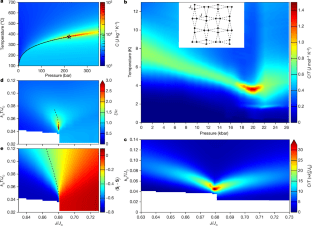
Water and quantum magnets share critical physics
EPFL and the Paul Scherrer Institute have studied a discontinuous phase transition to observe the first ever critical point in a quantum magnet, similar to that of water.

EPFL and the Paul Scherrer Institute have studied a discontinuous phase transition to observe the first ever critical point in a quantum magnet, similar to that of water.
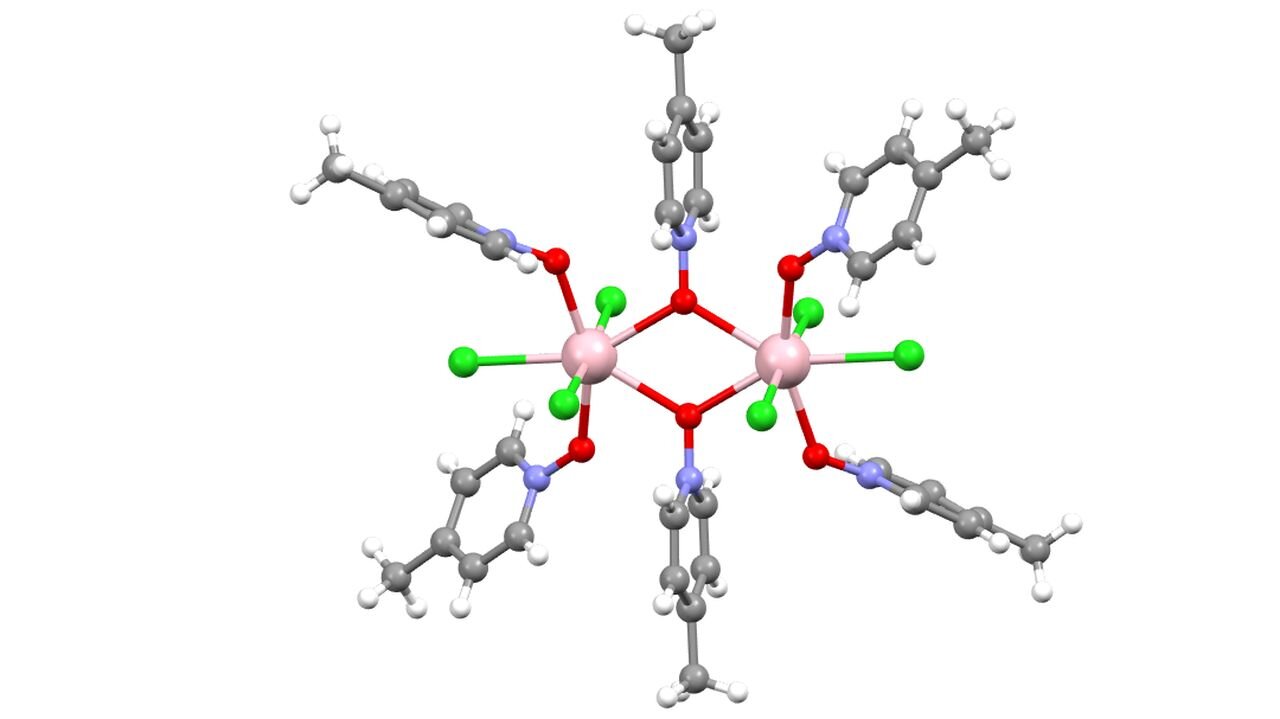
Researchers at Karlsruhe Institute of Technology (KIT) and Chimie ParisTech/CNRS have now significantly advanced the development of molecule-based materials suitable for use as light-addressable fundamental quantum units. They have demonstrated for the first time the […]
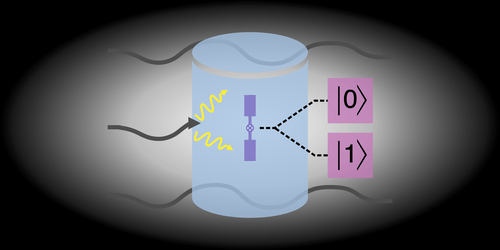
A detector made from superconducting qubits could allow researchers to search for dark matter particles 1000 times faster than other techniques can. Dark matter particles, such as axions and hidden photons, are theorized to occasionally […]

Honeywell Quantum proposes the trapped-ion Quantum Charge-Coupled Device (QCCD) which lays out a blueprint for a universal quantum computer that uses mobile ions as qubits. Analogous to a Charge-Coupled Device (CCD) camera, which stores and processes […]
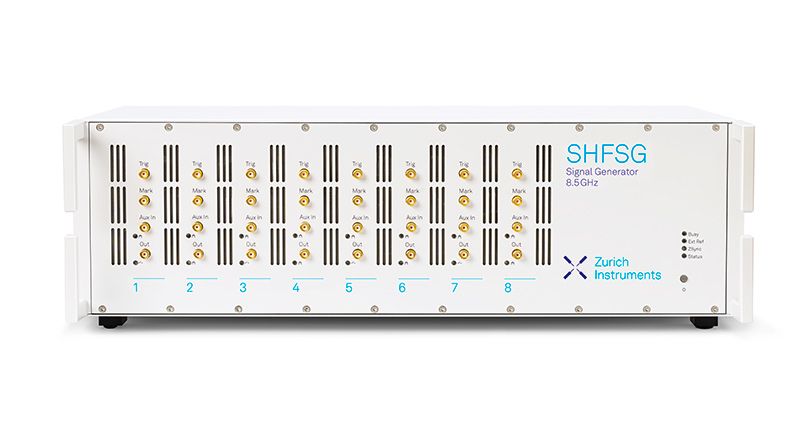
The SHFSG Signal Generator is an instrument designed to control superconducting and spin qubits and reach higher fidelities with less overhead time. As the first solution of its kind on the market, the SHFSG operates […]
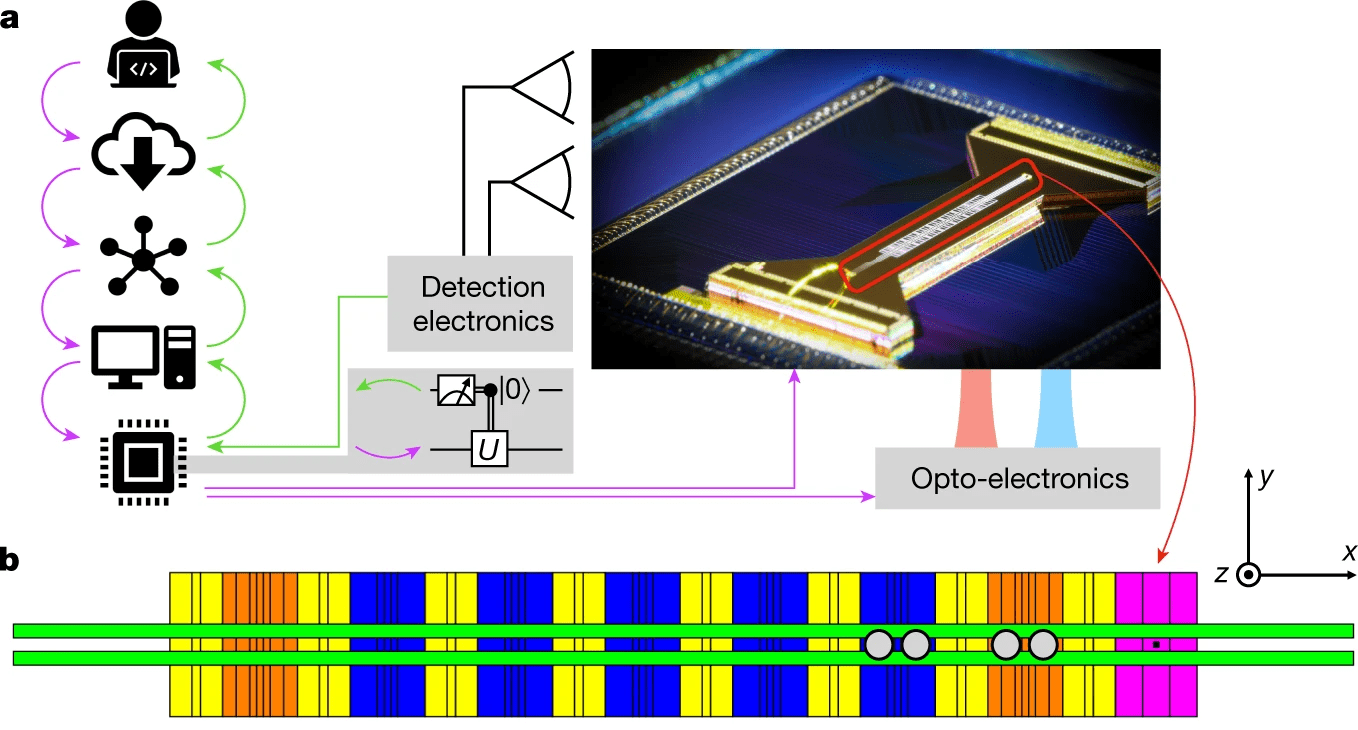
Trapped-ions is considered as one of the most promising mean to create most usable quibits, because it requires only a single ion crystal in a single trapping region. Unfortunately, it appears that this approach is unlikely […]

Strong spin-orbit interactions make hole quantum dots central to the quest for electrical spin qubit manipulation enabling fast, low-power, scalable quantum computation. Yet it is important to establish to what extent spin-orbit coupling exposes qubits […]

Quantum Motion, an UK-based startup, has announced a quantum computing breakthrough, demonstrating that a stable qubit can be created on a standard silicon chip. The startup, which has a team of 20 people at the […]
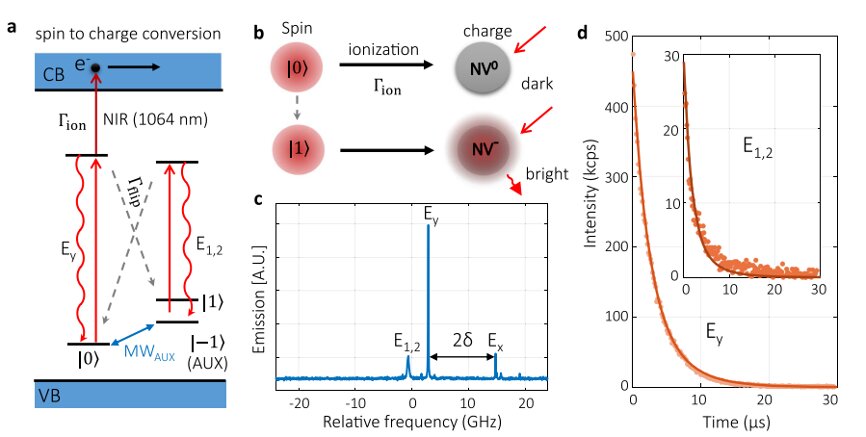
A team at the University of Science and Technology of China put forward an innovative spin-to-charge conversion method to achieve high-fidelity readout of qubits, stepping closer towards fault-tolerant quantum computing. Fault-tolerant Quantum Computing requires the […]
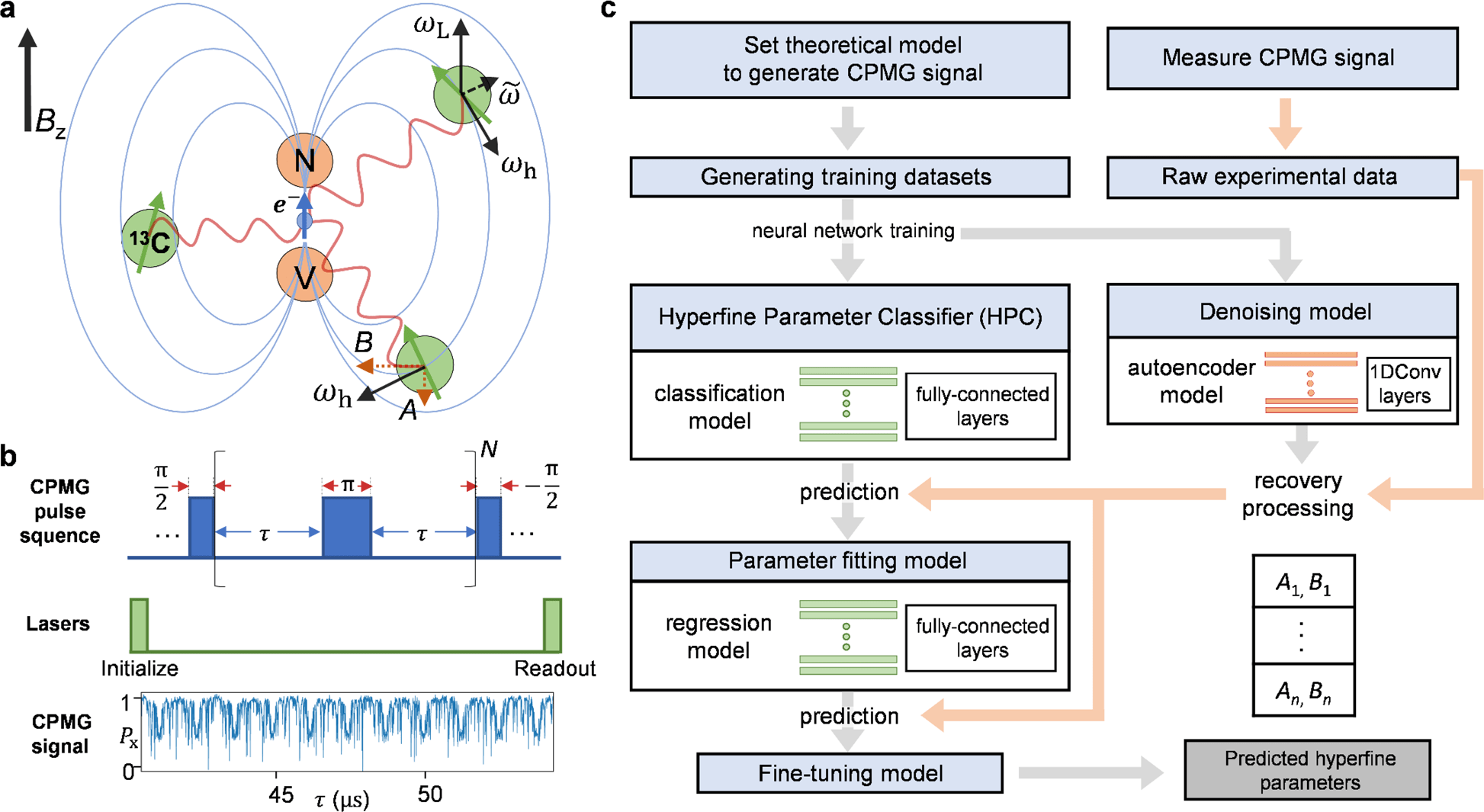
The detection of nuclear spins using individual electron spins has enabled diverse opportunities in quantum sensing and quantum information processing. Proof-of-principle experiments have demonstrated atomic-scale imaging of nuclear-spin samples and controlled multi-qubit registers. However, to […]

Researchers have developed a QKD receiver chip featuring the full photonic circuitry needed for different time-based protocols, including single-photon detectors.

Quantum systems are promising candidates for sensing of weak signals as they can be highly sensitive to external perturbations, thus providing excellent performance when estimating parameters of external fields. However, when trying to detect weak […]

Researchers at the Max Planck Institute of Quantum Optics have developed a detection method that can be used to track quantum transmissions. Quantum information is sent over long distances in the form of photons which are […]
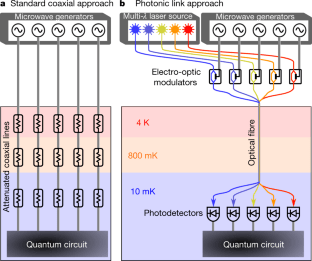
Physicists at the National Institute of Standards and Technology (NIST) have measured and controlled a superconducting qubit using light-conducting fiber instead of metal electrical wires, paving the way to packing a million qubits into a […]

Researchers at QuTech, a collaboration between TU Delft and TNO, have shown that germanium semiconductor technology can be used to build a two-dimensional array of qubits to function as a quantum processor. Electrons trapped in […]

Brilliance Quantum, an Australian startup, unveils world-first diamond quantum computer technology.
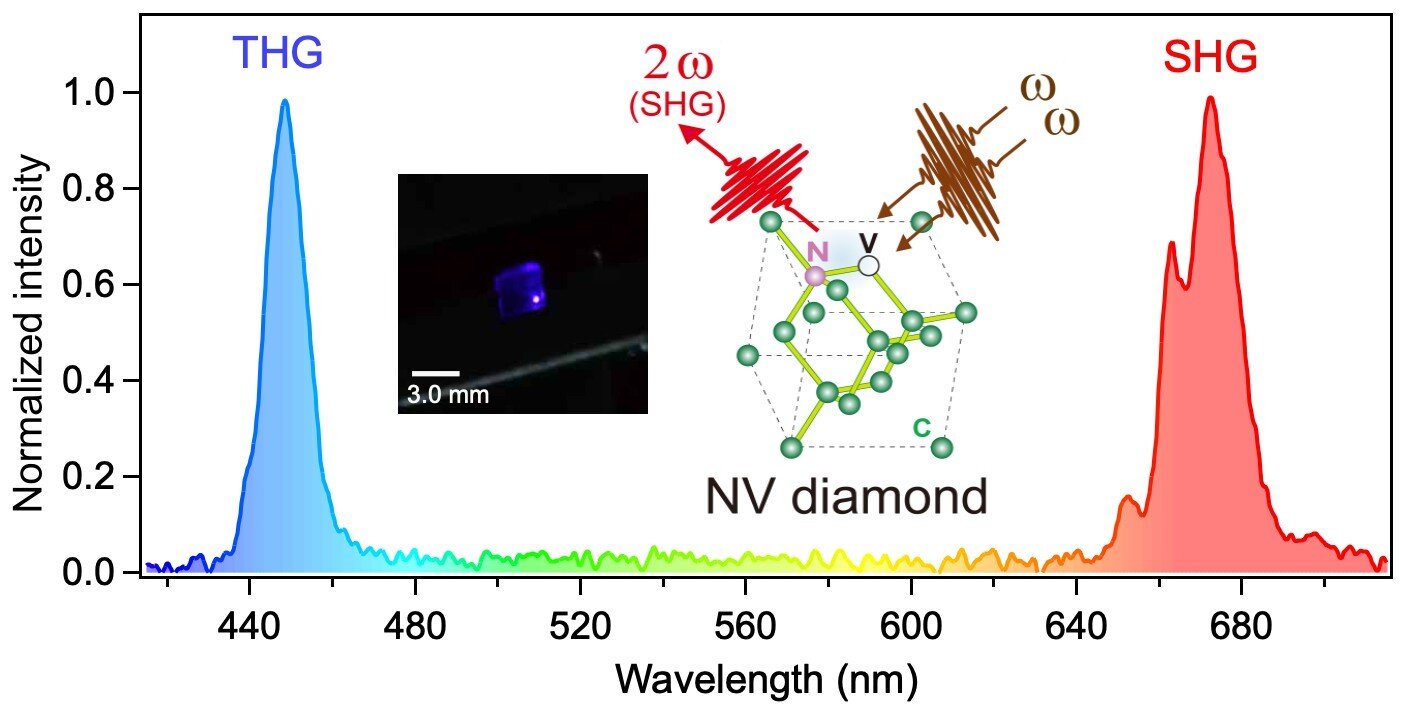
Researchers at the University of Tsukuba demonstrated second-order nonlinear optical effects in diamonds by taking advantage of internal color center defects that break inversion symmetry of diamond crystal. Previously, scientists thought that the inversion-symmetric nature […]
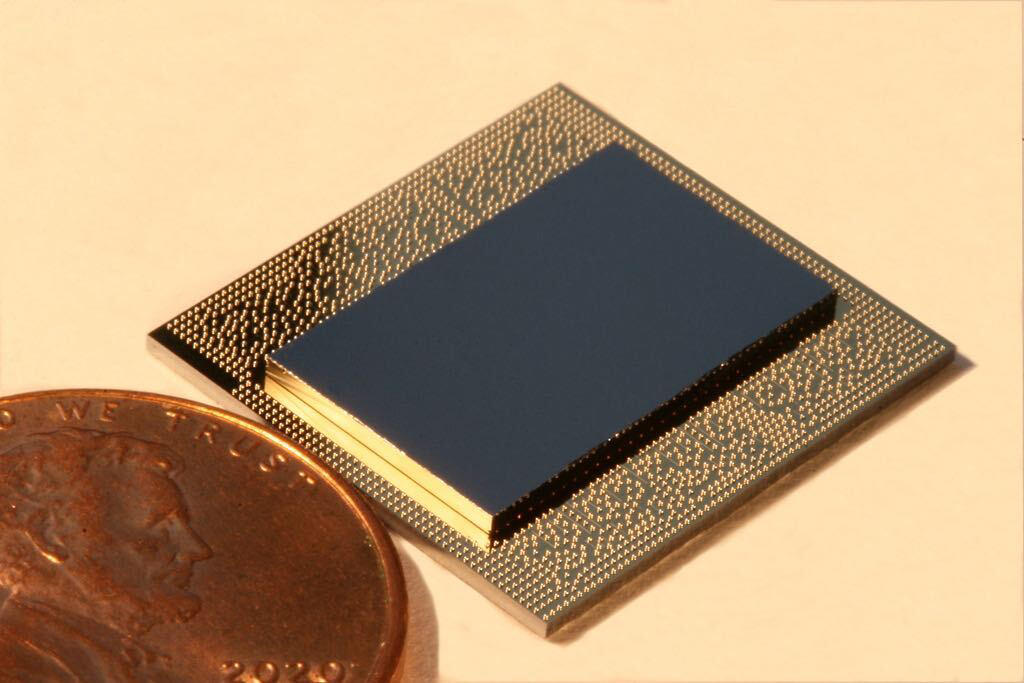
IBM has announced the general availability of Qiskit Metal, an open-source platform that automates parts of the design process for quantum chips. The tool tool was first announced late last year as part of the […]
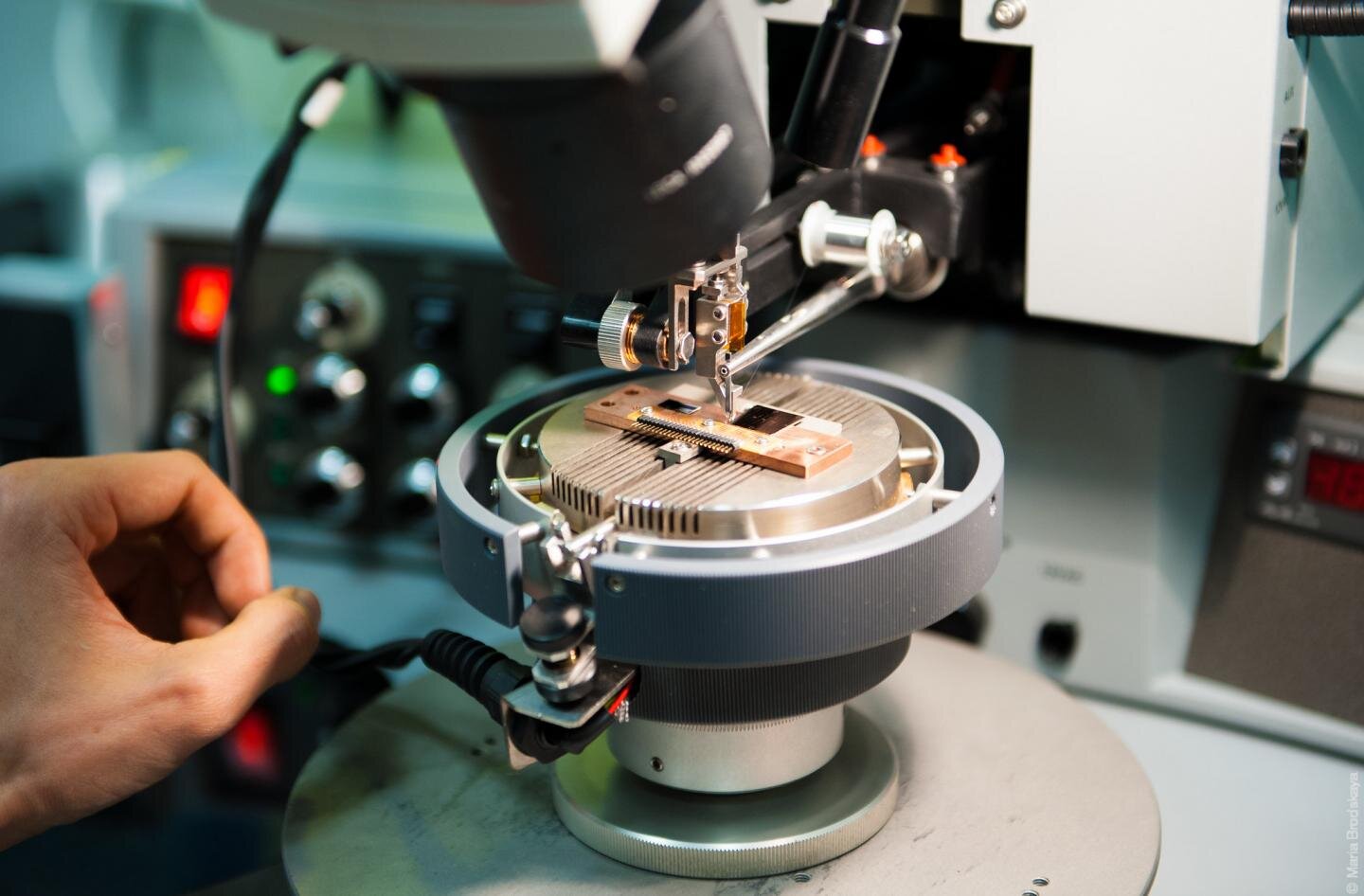
A research team at NUST MISIS, Russian Quantum Center and the Karlsruhe Institute of Technology, has created a quantum sensor that grants access to measurement and manipulation of individual two-level defects in qubits. A leading qubit technology […]
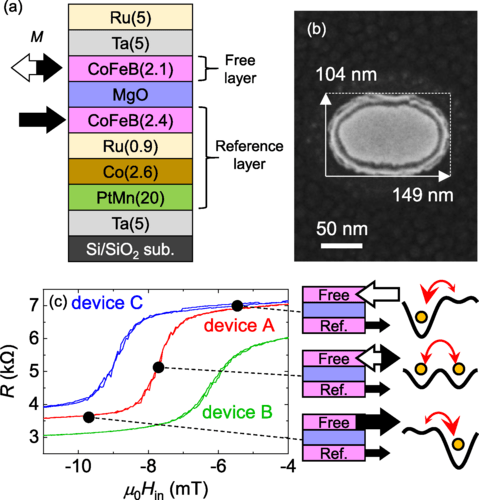
Researchers at the Tohoku University and Purdue University have, for the first time, developed the technology for the nanosecond operation of the spintronics-based probabilistic bit (p-bit)—dubbed “the poor man’s quantum bit” (q-bit). Magnetic Tunnel Junctions […]

Scientists has tuned a quantum dot so that it can measure ultra-cold temperatures without the need for direct electrical connections to the outside world. A cryogenic quantum dot thermometer is calibrated and operated using only […]

It’s called a quantum cryoprober and in the world of exotic high-tech tools, this one that sits in a lab at Intel’s campus in Oregon is truly unique. Intel worked with the Finnish firms Bluefors and Afore to design […]

Researchers from Louisiana State University have introduced a smart quantum technology for the spatial mode correction of single photons. The team has exploited the self-learning and self-evolving features of artificial neural networks to correct the distorted spatial profile of single photons.
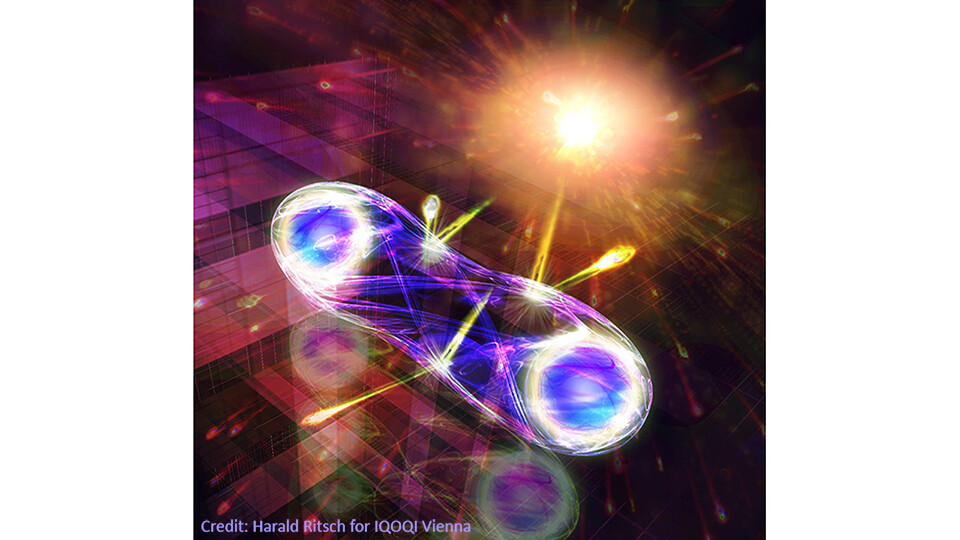
Quantum measurements are prone to noise, which can enter the system in many ways. For quantum communication, increasing the system’s dimensionality – the number of available encoding levels – can increase its resistance to noise. […]
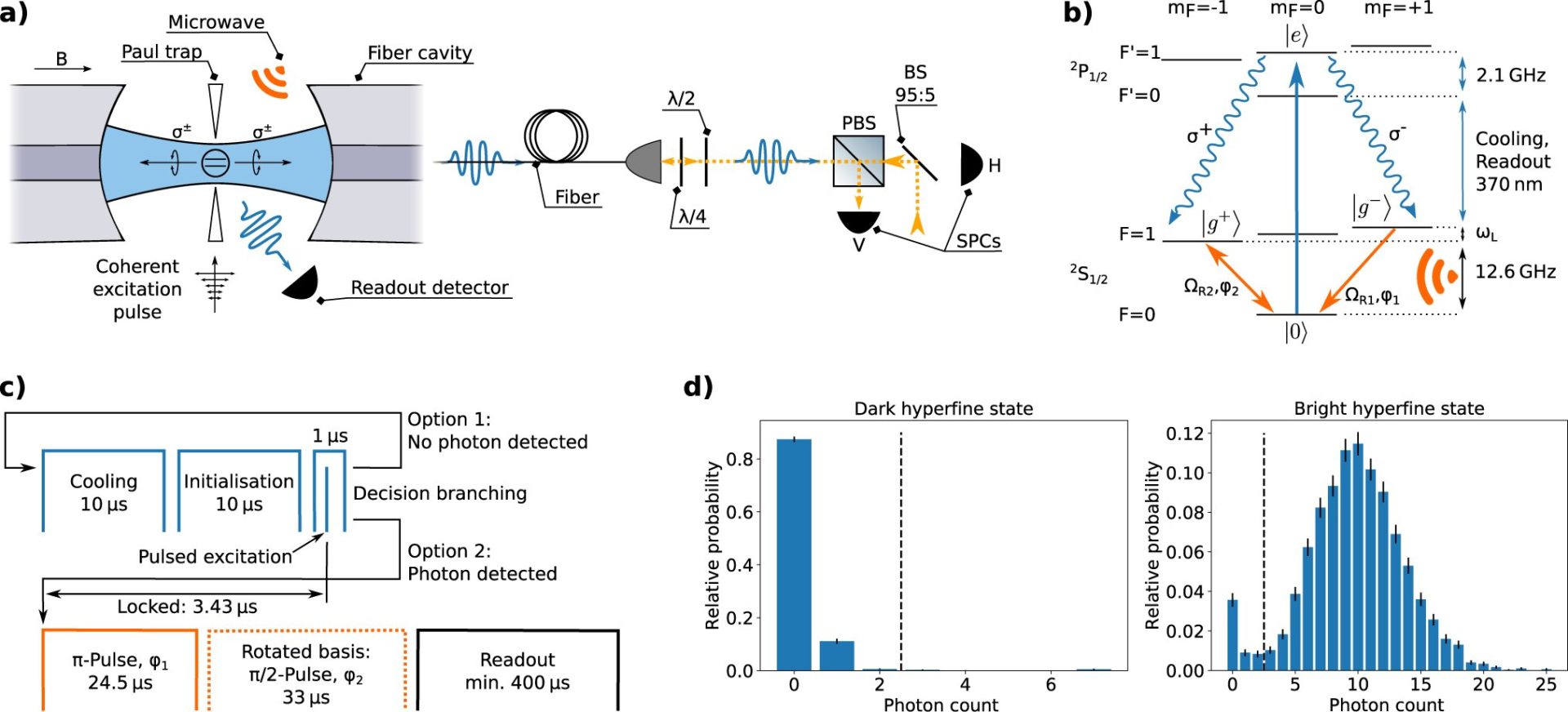
Scientists at the University of Bonn have been able for the first time to demonstrate quantum entanglement between a stationary qubit, i.e. a two-state quantum system, and a photon with direct coupling to an optical […]
